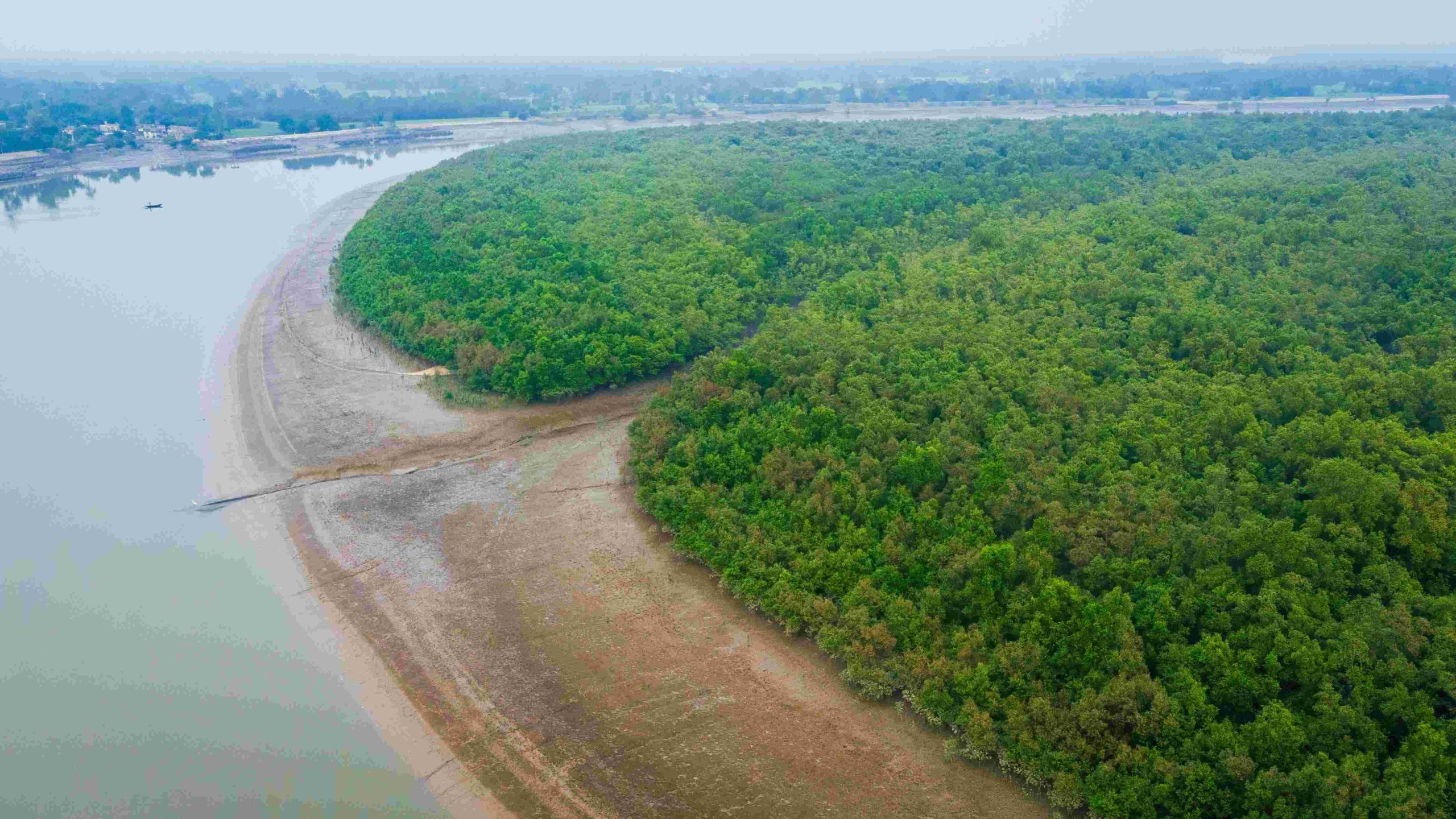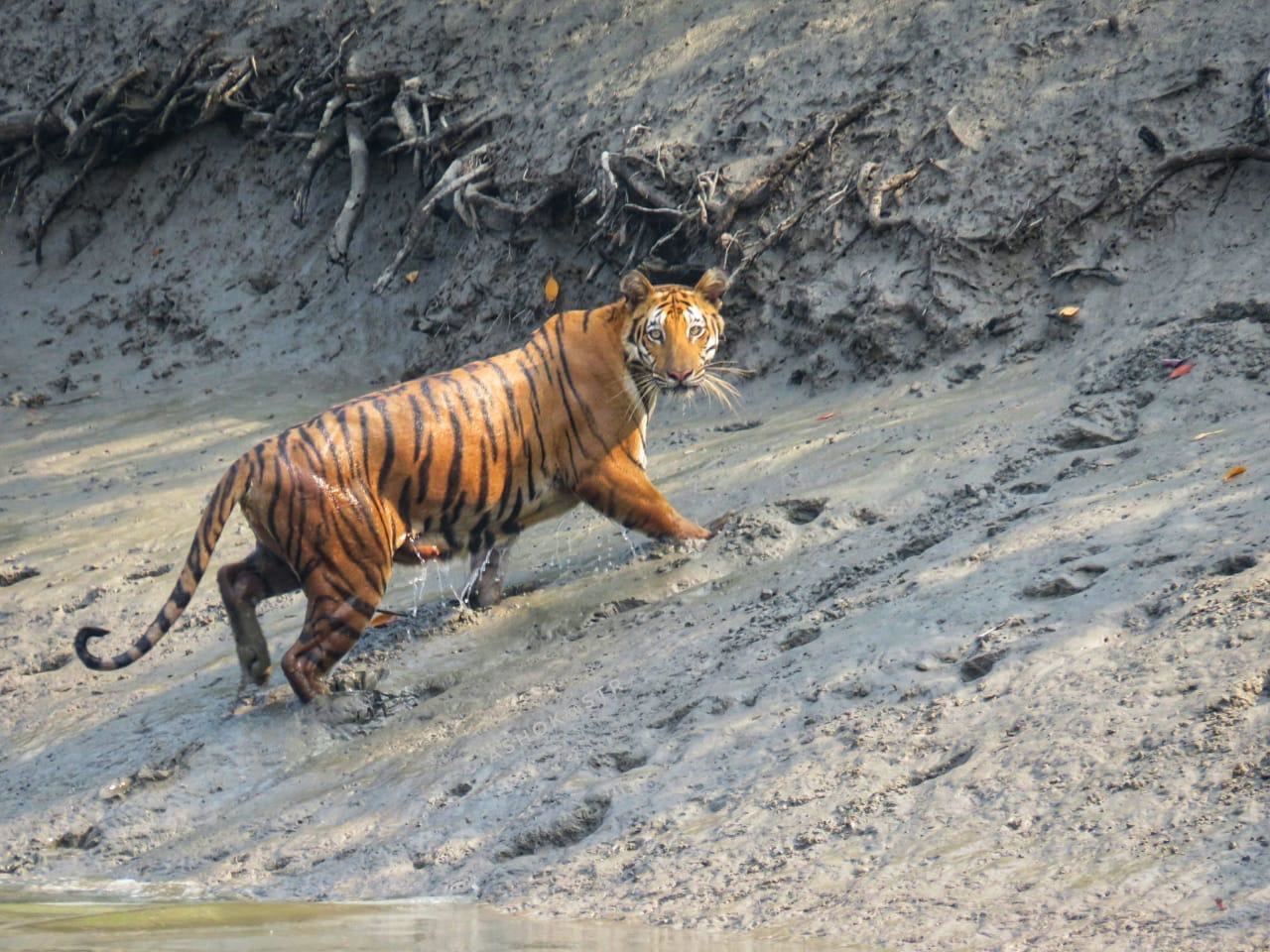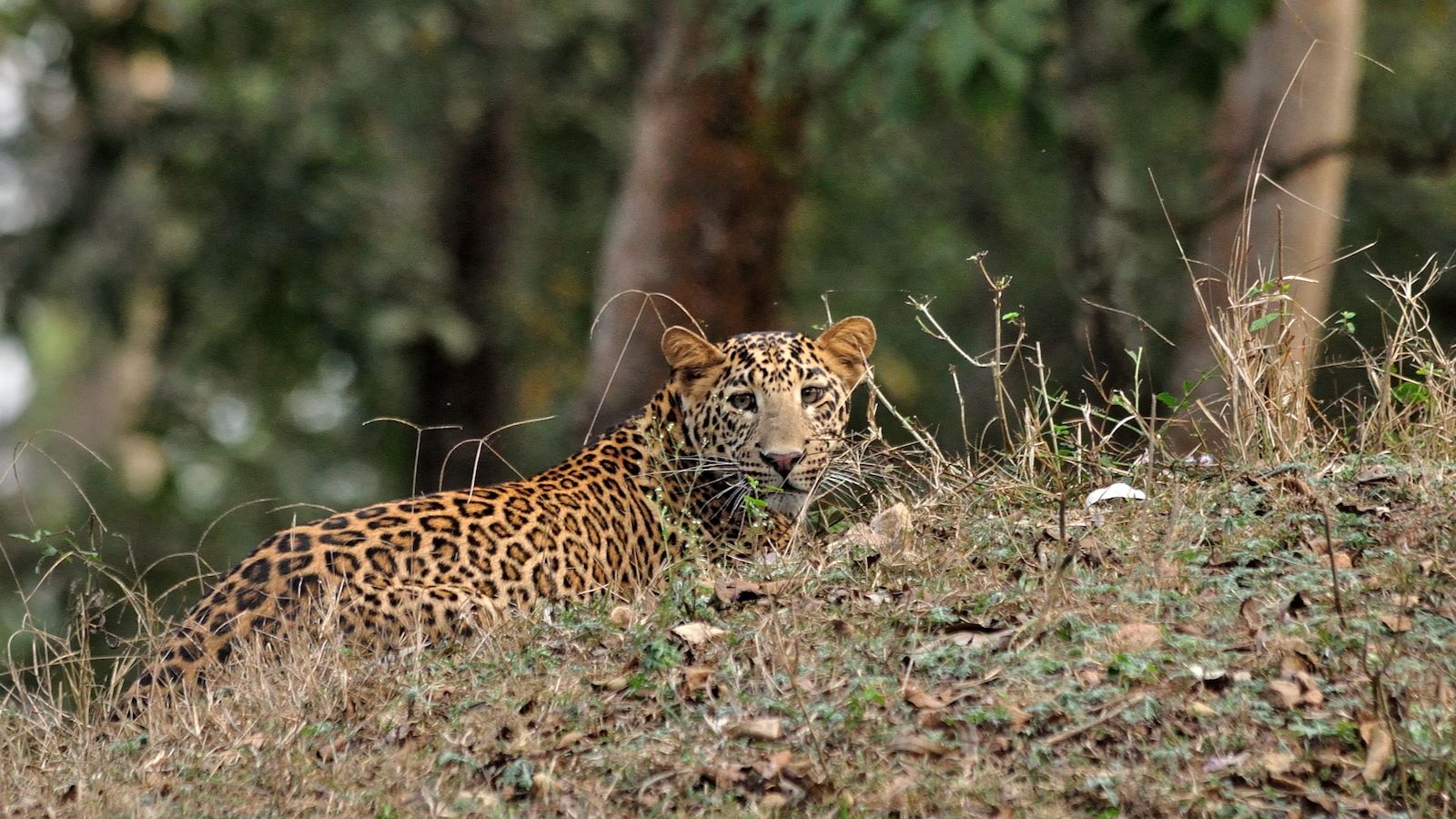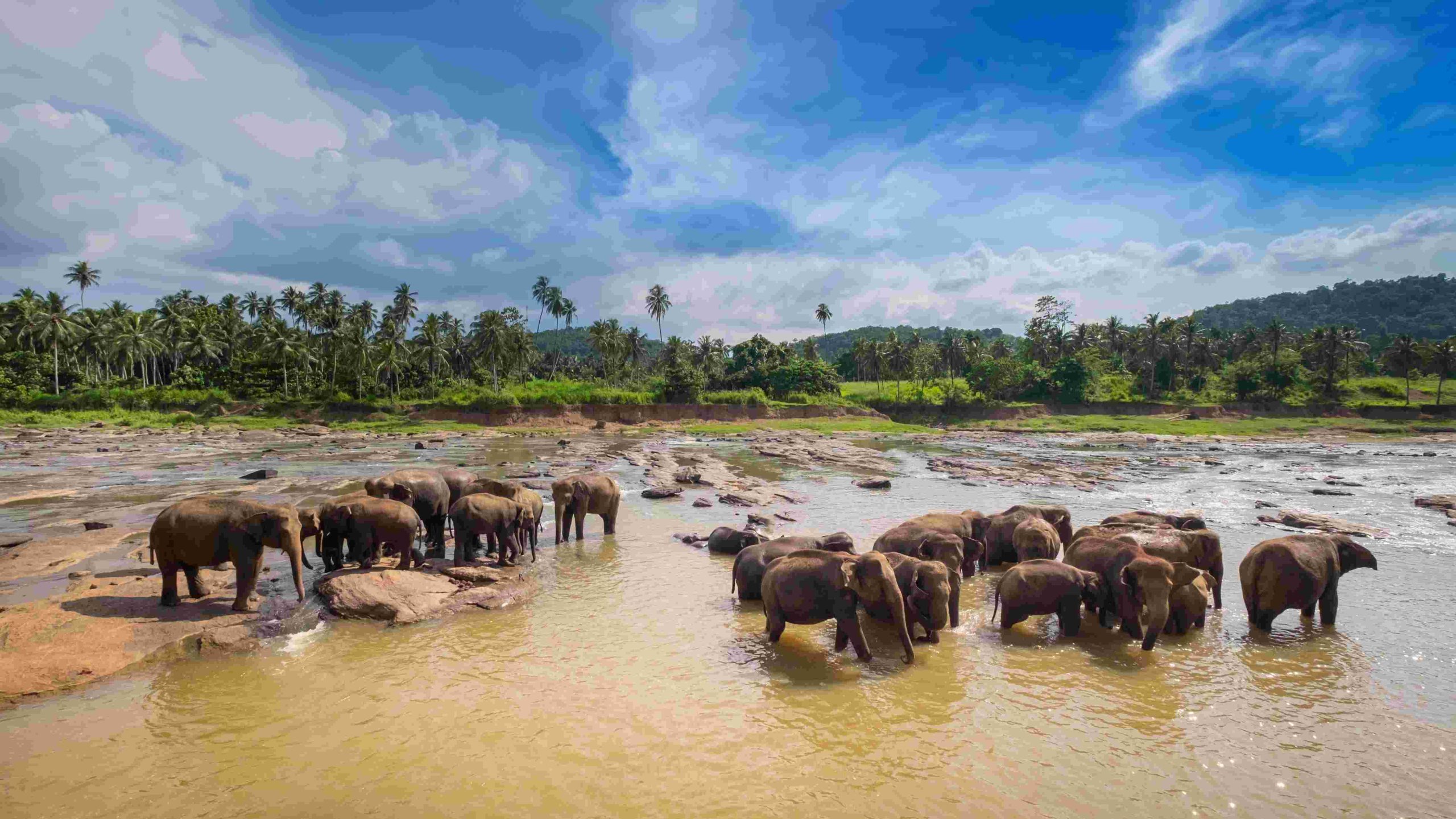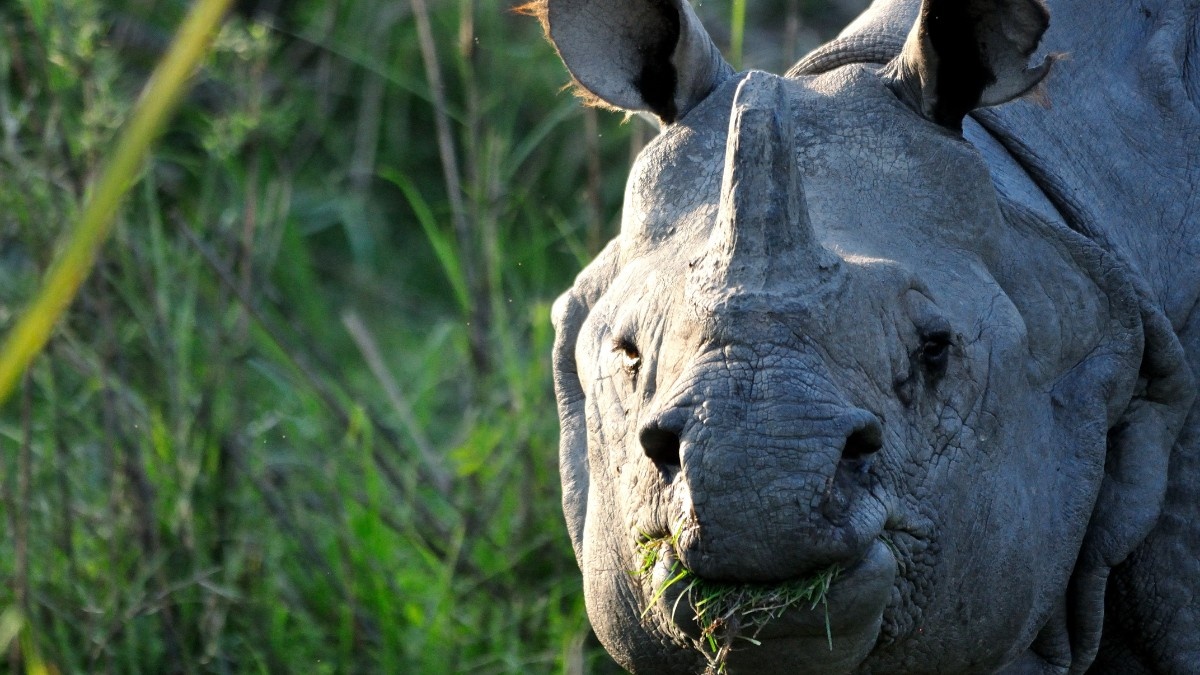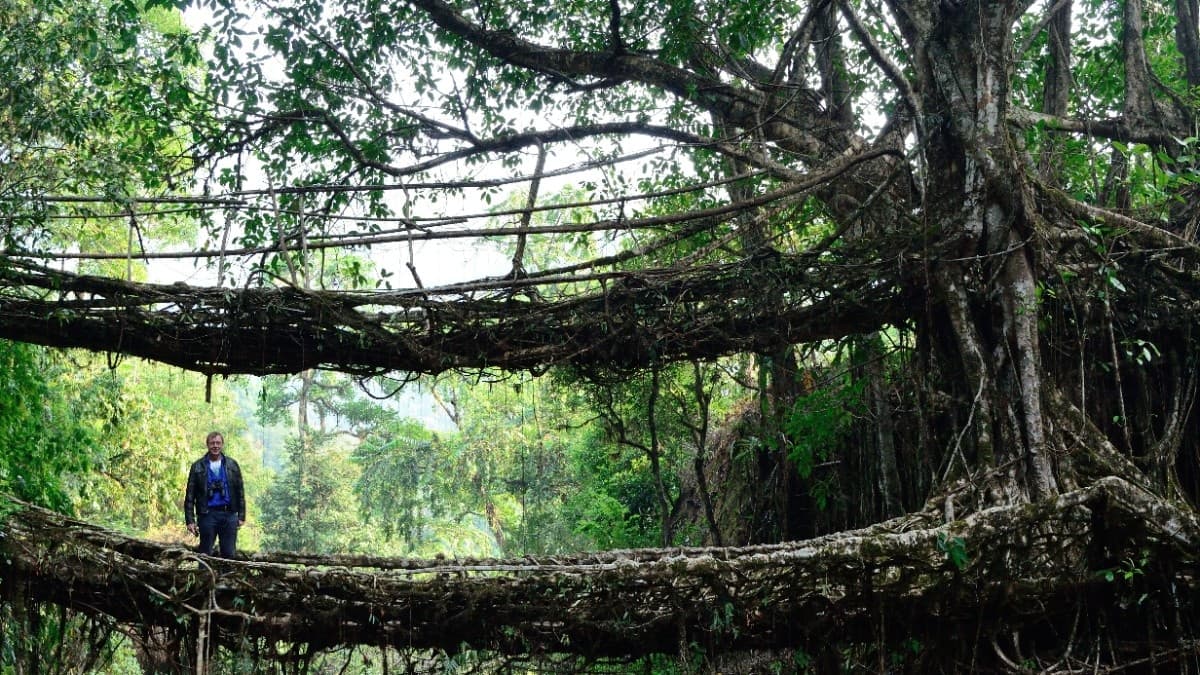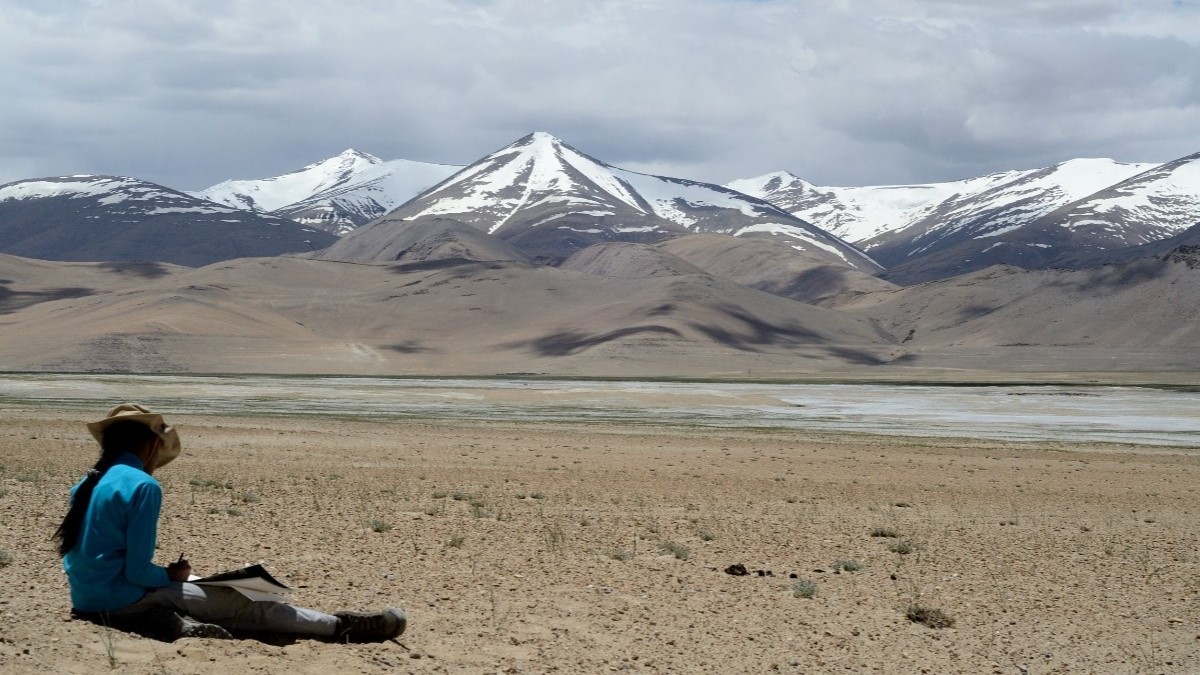Journey
SUNDERBANS – ADAPTATION SPECIAL
Kolkata
Nov to Feb
The Sundarbans, a UNESCO World Heritage Site, is the world’s largest mangrove forest, spread across the delta of the Ganges, Brahmaputra, and Meghna rivers. Known for its iconic Royal Bengal Tigers, tidal waterways, and intricate network of creeks, the region is a stunning example of biodiversity and ecological adaptation. Its constantly shifting landscape offers a rare glimpse into the dynamic relationship between land, water, and life.
Have a Question?
Looking for a customized program?
Please share your requirements, and we'll get back to you shortly!

